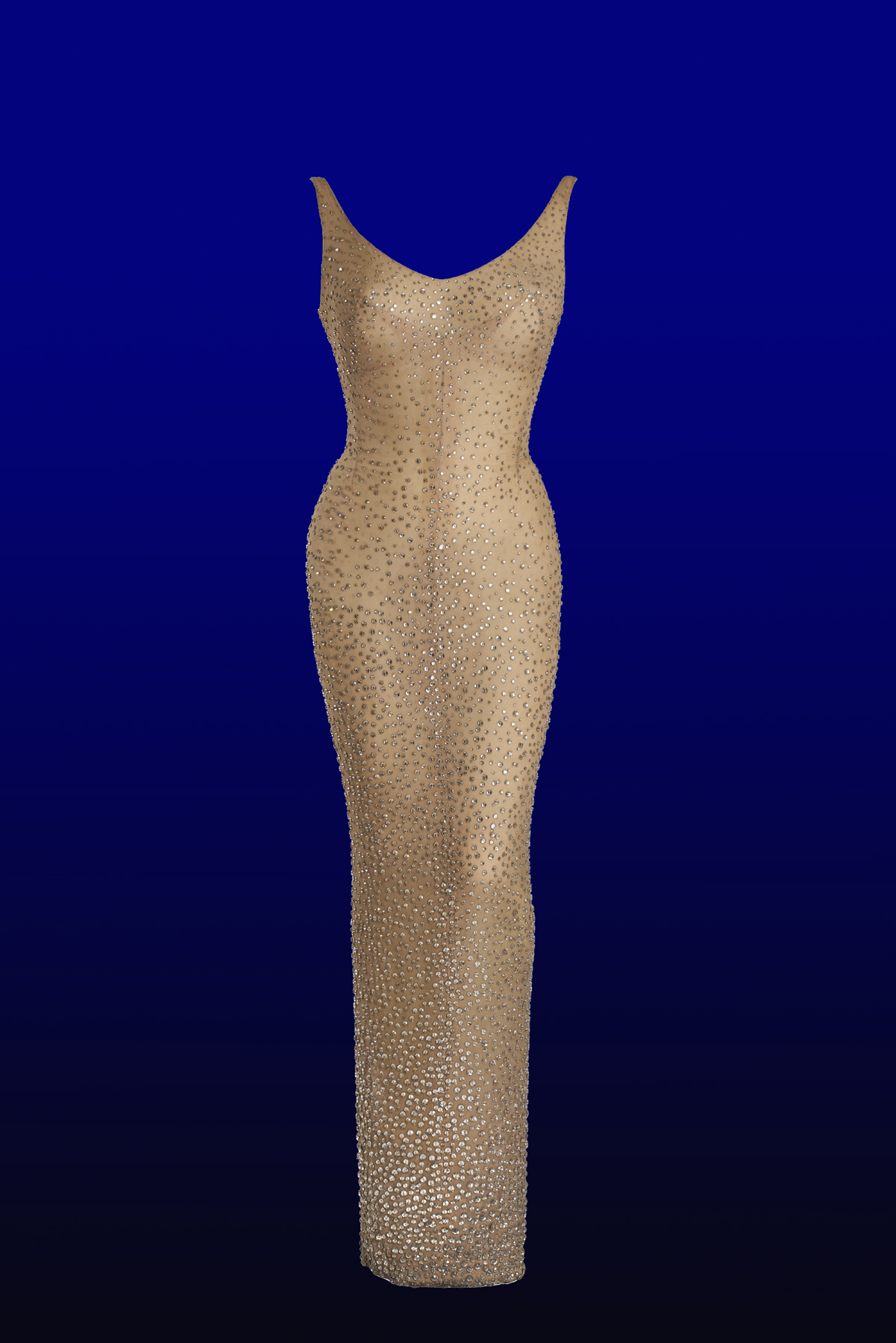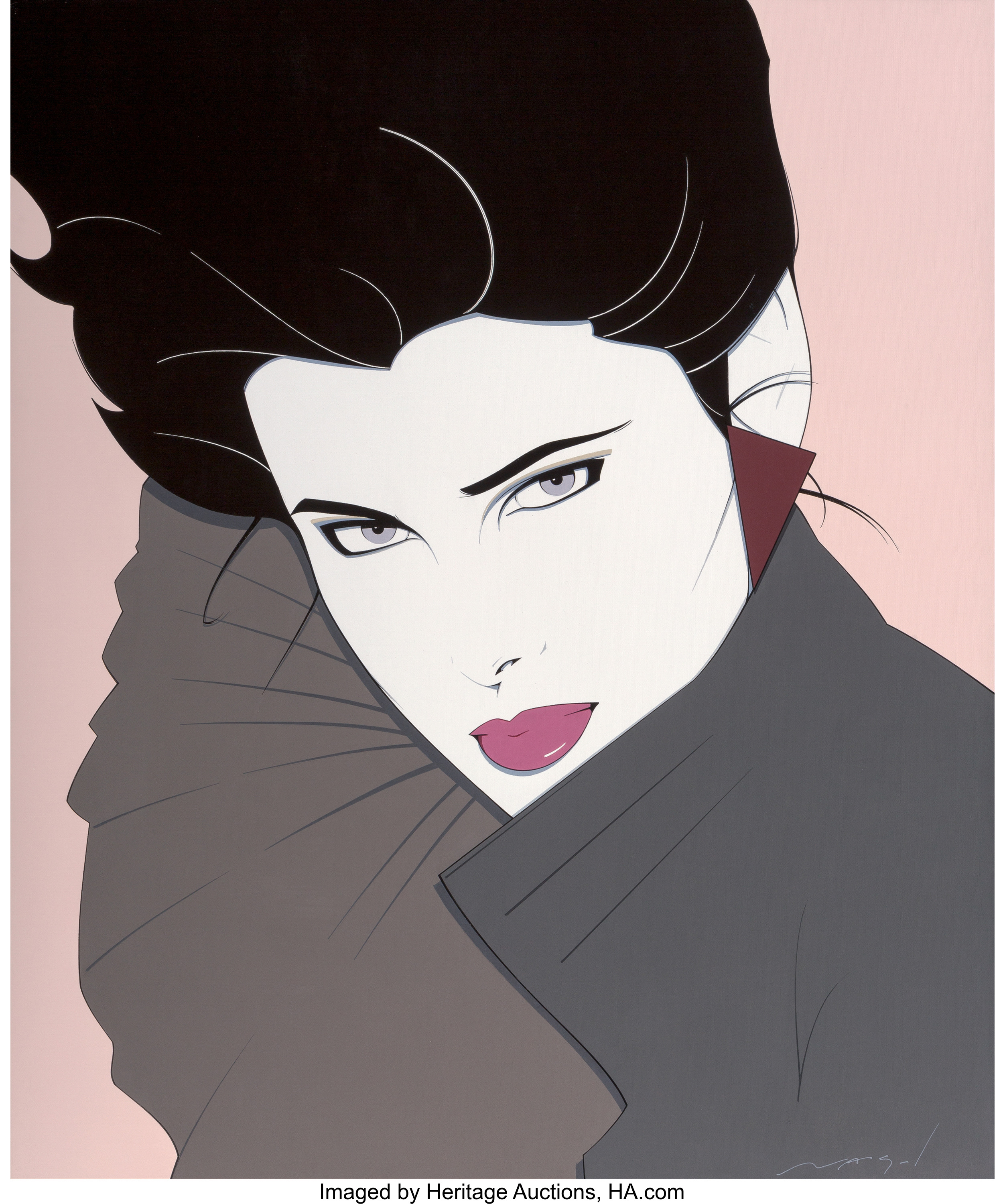SOLD! Swann Sold That 1927 Josephine Baker Movie Poster For (Scroll Down to See)

Update: The 1927 Josephine Baker poster commanded $9,750.
What you see: A 1927 Swedish movie poster for Josephine Baker’s silent film The Siren of the Tropics. Swann Galleries estimates it at $12,000 to $18,000.
The expert: Nicholas Lowry, director of Swann Galleries.
This poster image is based on a color photograph from an interior page of a Folies Bergère program. How common was it to base poster graphics on photos in the late 1920s? Is this unusual? Good question. I don’t know the answer to that. Some posters were photographic. I’m not sure I know of others, but the fact that it’s unusual doesn’t make it important.
Can we tell by looking how the poster artist sized up the photograph? Did they just blow up the photo, or did they trace it or draw it? It has been enlarged, to be sure. I assume it would have been hand-drawn, but I’m not sure about that at all.
The original photo was in color. Did the poster artist change the colors, or are these the same colors in the Folies Bergère program photograph? The colors are basically the same. It’s not like they were changed from red to blue. The only change was to cover up her immodesty.
It’s interesting that the poster artist went with the same colors seen in the picture, rather than brighter colors that are more suited to the poster medium. I think the poster attracts attention very well without bright colors. Forget the fact that she’s scantily clad–it’s an incredible getup. And it’s a great portrait of her.

The movie the poster advertises, The Siren of the Tropics, had its world premiere in Stockholm. Do we know why the premiere was held there rather than, say, Paris? I haven’t found anything about that anywhere. But there was a Swedish fascination with Josephine Baker. They were transfixed by her. All of Europe was transfixed by her to some degree.
It’s an odd choice of venue for a Josephine Baker film debut. I couldn’t agree more. I do think the fact that the image is from the Folies Bergère program and not from the film–I think it must have been done quickly. Maybe that’s why they used an image that already existed. The show from the Folies Bergère has nothing to do with the movie. I don’t think she wears the pearls and feathers costume in the film.
The poster artist definitely altered the picture when translating it into a poster. What, exactly, was added? Her nipples [are covered], and four strands of pearls emanating from each of her pasties have been added. [You can see the original photo at this link.]

It looks like whoever added the pasties and pearls for the poster version did a good job. Is the touch-up work more obvious in person? It took a while to make the realization that [the original] is not covered up. Certainly, the work is good. Seamlessly done. It looks like how it was meant to be.
And this is the only copy of the poster that has come to auction? It has been seen before, but it has never come up for sale before. Given how popular Josephine Baker is, and that it was a world premiere of a film, you’d think more copies would surface, but none have come to market.
Baker isn’t shown topless, but the poster is still pretty risqué. Where would this have been displayed in Sweden in 1927? Presumably, it was hung up all over Sweden. That doesn’t explain why so few have surfaced. [They would have] posted them wherever they could to get the maximum effect from the advertising.

And some of them, certainly, would have been stolen by fans… Stolen, peeled off, maybe a remainder was not posted. It’s a sexy image, even if you don’t like it. I do think it’s eye-catching. She has a very becoming smile, and she’s staring right at you. A fetching pose, an improbable costume. People walking down the street would think, “WTF is that?” She was topless in the Folies Bergère program, but that’s a lot less public than a poster siding.
How did the poster come to you? Through the inventory of a dealer who passed away. I think it was purchased in the last five years.
You’ve given it a condition grade of B. Collectors would prefer a higher grade, but does that matter when a poster is unique? It’s not a situation where you can sit back and wait for another to come along. There’s no indication there’s another one out there. They have to be forgiving.
How did you arrive at the estimate? It’s based on sales of other Josephine Baker posters. Baker is one of the most sought-after music hall performers of her time. Like Chaplin and the Titanic, her name really transcends her genre. She was a black woman making her name performing half-naked in France. That could not happen in America. From a racial point of view, it’s astounding. And it was incredible for a black woman to appear in a movie. Not only appear in it, but star in it.
Does the silent film the poster advertises survive? Clips are online. The film was panned, but it’s certainly around.

How does this Josephine Baker poster measure up to other posters that feature her? It’s a great depiction of her. We’ve sold several Josephine Baker posters over the years. Some sell for $25,000 to $45,000. This one combines scarcity, an appealing image, and a performer who is remembered and sought after in the collectors’ market. For example, two years ago, we had the French version of Siren of the Tropics poster. It didn’t actually sell. If you looked at it, you couldn’t tell it was Josephine Baker. In 2010, we sold a Danish poster for her film Princess Tam Tam for $9,000.
Are there other Josephine Baker posters from her lifetime that are based on photos? There’s one from the end of her career that’s very horrible and very common, which sells for $600 on a good day. It’s not a good comparison. None of the others are photographic.

Why will this poster stick in your memory? Several reasons. It’s a sexy image. It really is a rare Josephine Baker piece. It’s a very good poster, because it’s a good likeness of her. And as a poster geek, I appreciate that no others have come up for sale publicly.
How to bid: The Swedish movie poster for Josephine Baker’s 1927 silent film, The Siren of the Tropics, is lot 429 in the Vintage Posters sale at Swann Galleries on February 7, 2019.
How to subscribe to The Hot Bid: Click the trio of dots at the upper right of this page. You can also follow The Hot Bid on Instagram and follow the author on Twitter.
Swann Galleries is on Instagram and Twitter, and Nicholas Lowry is on Instagram and Twitter as well.
Nicholas Lowry has appeared several times on The Hot Bid. Read past entries in which he talks about a 1928 Roger Broders poster that later sold for $7,500, Swann setting the world auction record for any travel poster, a 1938 London Transport poster by Man Ray that ultimately sold for $149,000, a trio of Mont Blanc posters from 1928, a mid-1930s German travel poster featuring the Hindenburg, a 1968 MoMA poster by Japanese artist Tadanori Yokoo, an I Want You1917 World War I recruiting poster that introduced the modern concept of Uncle Sam, and an Alphonse Mucha poster featuring Sarah Bernhardt.
Image is courtesy of Swann Auction Galleries.
Would you like to hire Sheila Gibson Stoodley for writing or editing work? Click the word “Menu” at the upper right for contact details.





